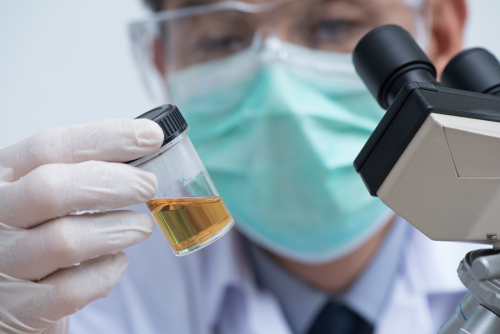You do not need to undergo dozens of tests and assessments to determine whether your body is healthy, or if you have an undiagnosed disease. Sometimes, physical symptoms are clear indications that there might be something amiss that you need to address.
Your dry skin, for example, can be caused by dehydration or a condition more serious like psoriasis. If your eye itches, you could be experiencing seasonal allergies, or it could be blepharitis, the inflammation of the eyelids.
However, if you really want to have a peek of your physical health, you need to, every once in a while, look at your excrements.
Your bodily wastes are powerful. When they break down, they produce a mixture of gases that include hydrogen sulfide and ammonia. It is not just stinky: it can corrode brick and concrete. That is why a sturdy manhole lining is needed to ensure that structures can withstand the different substances that go through the sewer.
But, what does normal bodily wastes look like and when do you need to feel concerned? Find out below.
Cloudy Urine
Your urine can actually differ in color and it can tell you a lot about the state of your body.
The healthy color is yellow. It means you are getting enough water throughout the day. Contrary to popular belief, there is no health benefit that comes with colorless pee. It is an indication that you are drinking too much water and need to cut back. Meanwhile, if your urine is dark yellow, you are dehydrated and you need to drink more fluids.

Cloudy, on the other hand, is not normal. It is usually accompanied by other symptoms such as a frequent need to pee and the burning feeling when you go to the bathroom.
All these are signs that you have an infection. A bladder infection, for instance, occurs when bacteria enters the urethra and moves toward the bladder.
It is treated with oral antibiotics which is prescribed by your doctor. You are also advised to drink plenty of water to flush the bacteria out of your bladder and concentrated cranberry solution, which can make the urine less friendly to germs.
Red Urine
If your pee has turned red, you need to go to the hospital now. Red means there is blood in your pee which is a symptom of various illnesses, many of which are very serious and need to be addressed as soon as possible.
One possible cause of blood in your pee is polycystic kidney disease (PKD), genetic disorder where cysts grow in the kidneys. It affects about 500,000 people in the United States. If not addressed, it can lead to kidney failure.
Eventually, everyone who has been diagnosed with PKD will have to undergo dialysis or get a kidney transplant.
Other symptoms that come with PKD aside from blood in urine are headaches, high blood pressure, and back pains. The disorder can be diagnosed through ultrasound, CT scan, or MRI.
Hematuria, the medical term used to describe the presence of blood in urine, can also be a sign of bladder cancer. Sometimes, the color of the urine is normal but with a tinge of blood. Other times, there might be enough blood coming out that it changes the color of urine to orange, pink, or dark red. Either way, as soon as you notice blood when you pee, you need to have a medical check up. Getting a urinalysis can be done to determine the underlying problem.
The presence of blood in your pee, alongside little to no pain, is an early sign of bladder cancer. It is best to see a doctor immediately to begin treatment.
Most often, it is caused by UTI. If that is the case, you only need to take medication, drink lots of water, and rest. Again, a visit to the doctor will help you clear your urine of blood.
Red Stool
Your poop can also change color depending on what you eat. Your bowel, for example, can turn green if you consume a lot of leafy vegetables. It can be red if you happen to eat too much tomato soup, beets, or a dessert that has a crimson dye.
However, if it is not your diet, it could be blood. Like hematuria, blood in your poop is also a serious cause of concern.
Blood in your bowel can be caused by inflammation in the colon, better known as colitis. It is often accompanied by pain or discomfort in the abdomen that may appear suddenly or recur over a long period.
Hemorrhoids are also a common cause of blood in stool. There are two types of hemorrhoids: internal and external. You would not be able to see or feel internal hemorrhoids aside from the presence of blood when you go to the bathroom, but you would know you have external hemorrhoids because of itching or irritation and pain and swelling around the region of your anus.
Rarely, blood in stool can be a symptom of bowel cancer.
You need to pay attention to your bodily excretions no matter how icky they are because they reflect the state of the parts of your body that you cannot see. As soon as you notice a change in your urine or stool, it is best to see a doctor for a thorough check.







